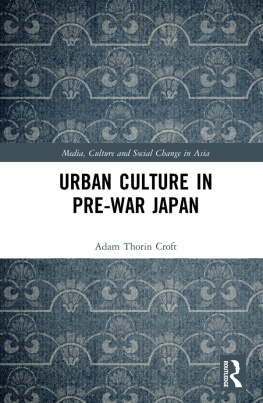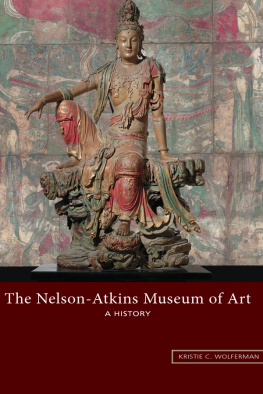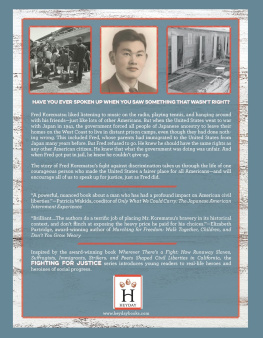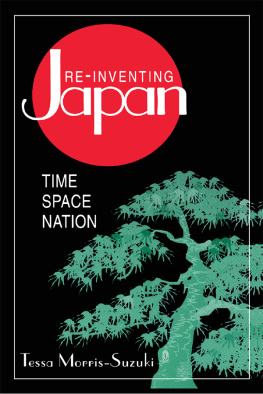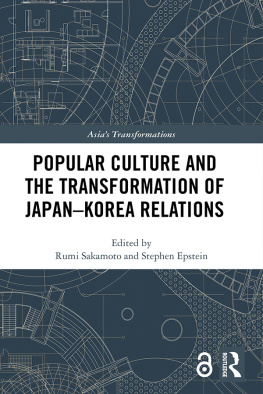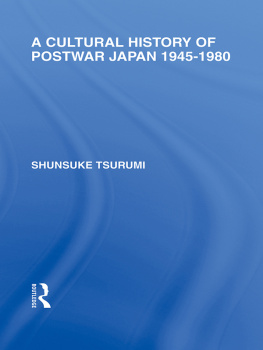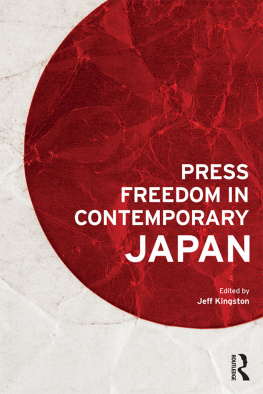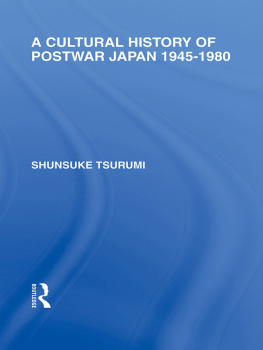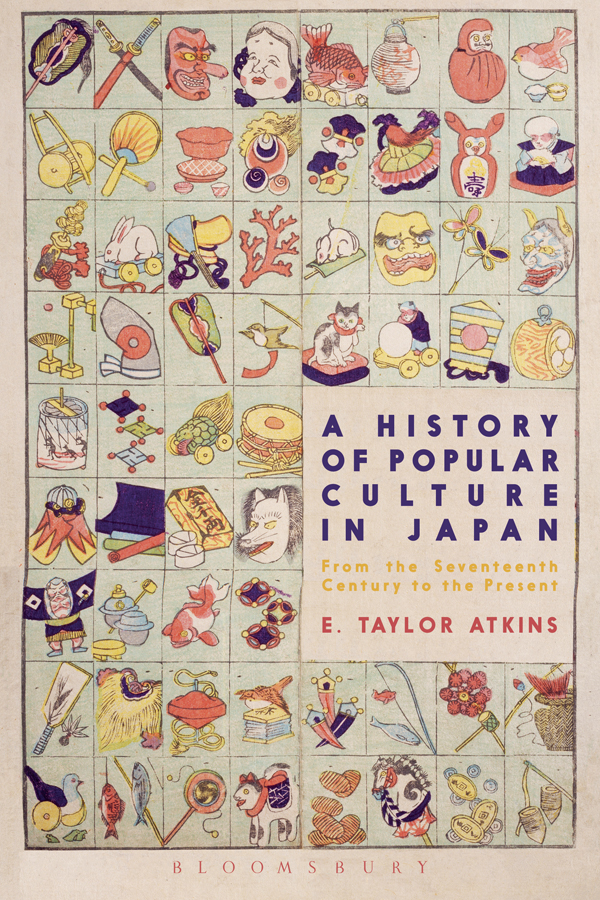A History of Popular Culture in Japan
For my dawtas,
Ella Rose and Annabelle
Your daddy loves you.
A History of Popular Culture in Japan
From the Seventeenth Century to the Present
E. TAYLOR ATKINS
Bloomsbury Academic
An imprint of Bloomsbury Publishing Plc

CONTENTS
A History of Popular Culture in Japanis the product of an upper-level undergraduate course on the subject I developed in 1999 and have taught many times since at Northern Illinois University (NIU), and once at the Japan Center for Michigan Universities. To my knowledge, its historical perspective makes it unique among similarly titled courses. I have been thinking about and rethinking this material for almost two decades. Somehow, Emma Goode of Bloomsbury Press discovered this and approached me with the idea of writing a book based on that course. She insisted there was a market for it and that I should write it. I am grateful for her confidence. It has indeed been a pleasure to get these thoughts out of my head and onto screen and page. I do hope I have not taken the fun out of the subject by thinking so deeply about it, but having written so much scholarship on jazz music, I know from personal experience that analyzing the object of ones ardor need not diminish the pleasure it gives.
There are a number of people to thank for their assistance and contributions to this book. First and foremost, I thank my predecessors and colleagues in Japan studies, most of whom Ive never met, for their dedication to careful work using difficult source materials, and their provocative and illuminating ideas. The reader will see how much I relied on their work. Conversations with students in my popular culture class over the years have been fruitful and thought provoking. I am most thankful to those in the spring 2016 section who read drafts of Chapters 3 and 6 and offered meaningful feedback.
My doctoral student Heeyoung Choi has made important contributions to this book. I hired her to find and translate Korean-language sources about Chosn embassies to Japan in the early modern period, and from the era of Japanese colonial rule (191045). Her work enabled me to include some information that has rarely if ever been addressed in Anglophone scholarship. Sources she found and translated are marked HYC in the endnotes. I owe a huge debt of gratitude to former students and colleagues who nominated me for NIUs Presidential Teaching Professorship. The award provided funds to pay Ms. Choi, and a semesters leave from teaching to write the book.
My colleagues in the Midwest Japan Seminar offered terrific advice and encouragement after reading two draft chapters. The feedback of nonspecialistsfriends, former students and family memberswas just as important as that of Japan scholars, if for different reasons. I am much obliged to members of my family, T. J. Abell, Lindsey Bier, Carolyn Braucher, Sean Farrell, Anne Hanley, Beatrix Hoffman, Christopher Jaffe, Laurel Kirk, Susanne Reece, Jim Schmidt, Andrea Smalley, and Jui-ching Wang. Faults, defects, and shortcomings are my own responsibility.
Transliteration of East Asian words and names adhere to the following systems, except in cases where individuals use idiosyncratic spellings:
1 Japanese (J): Hepburn
2 Korean (K): McCune-Reischauer
3 Taiwanese Hokkien (T): Wade-Giles and Peh-e-j (POJ)
4 Mandarin Chinese (Ch): Hanyu Pinyin
East Asian personal names are in standard ordersurnames firstexcept in cases where authors reverse the order for publishing in Western languages.
Japanese popular culture (or television programs like Iron Chefhave millions of fans around the world. Thousands of high school and college students enroll in challenging Japanese language classes or study abroad because of their enthusiasm. Some aspire to careers in the Japanese entertainment industry, which hires foreign consultants to hone their products and overseas marketing. The Japanese government has set up a Cool Japan Fund, hoping to make friends abroad and revive the countrys sagging economy. Japanese popular culture has become the object of serious academic inquiry, and colleges around the world have added courses on the subject to their curricula.
Usually these classes focus on popular culture of the last two or three decades. But popular culture has a four-century history in Japan; the cities that arose there in the seventeenth century gave birth to one of the earliest markets for commercial entertainment in human history.


